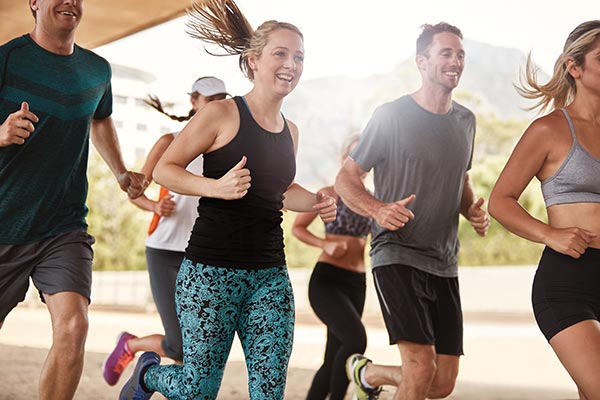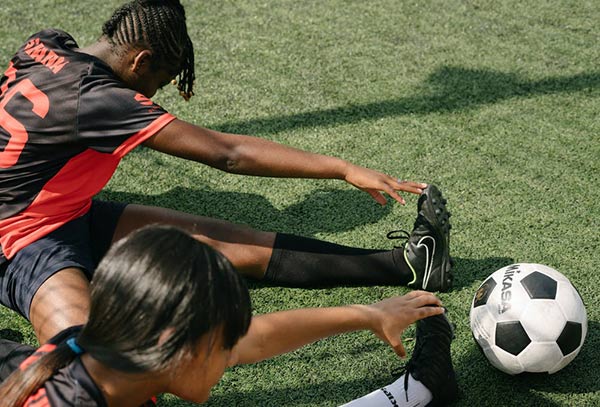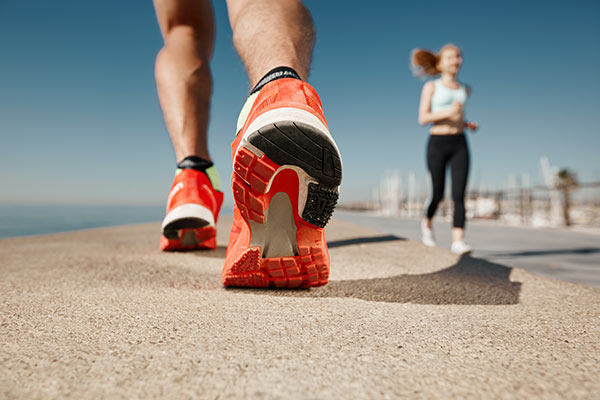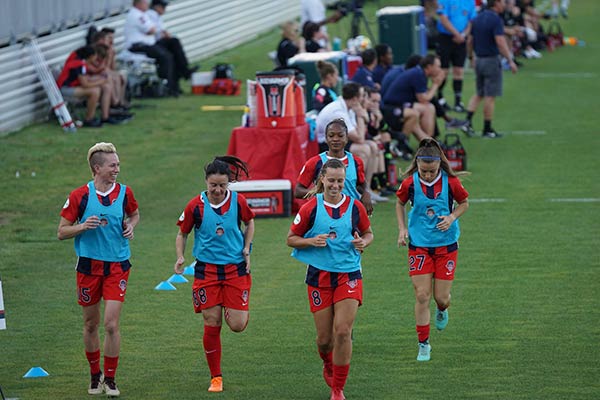8 Best Ways to Avoid Running Injuries
With the City2Surf (thankfully) behind us for another year, all of you brave runners out there are busy looking at the calendar to see what is next. The days are getting longer and the temperature is finally into double digits. Dusting off those running shoes is now moving to the forefront of the minds of many people. In this article we will explore 8 of the best ways to avoid running injuries.
1. Training loads
2. Shoes
3. Goal Setting
4. Stretching
5. Strength
6. Post-Run Management
7. Running/Stride Assessment
8. Diet and Hydration
1. Training Loads
Keeping a written schedule of your training loads is a great way to itemise your running and to visualise when to increase your distances. The 10% rule is a good introduction. This rule suggests that you should only increase your distance by a maximum of 10% per week. Cross training is a good way to work on your overall cardiovascular fitness. Incorporating cycling, swimming or rowing offers greater variety to your regime. Rest days are also an important consideration, especially after a gruelling workout the previous day.
By itemising your training loads, you have a ready-made introduction as to where to start. Many clients coming into the clinic have every intention to start off strong after a prolonged rest period. Often, they break down early due to starting out with too ambitiously. I implore you to start out on a comfortable run that you know you can achieve. There is nothing more defeating than walking home while others run past you!
2. Shoes
 Correct footwear is of utmost importance. Shoes generally have a running shelf life of 800- 1000km, whether that be running or walking. After this distance, they should become your shoes for walking around Gungahlin pond. Our excellent podiatrist at Sport and Spinal Physiotherapy can recommend the right shoes to fit your feet. The guys at Athletes Foot in Belconnen or Canberra City are an excellent source of information and have experienced staff to accommodate your foot type.
Correct footwear is of utmost importance. Shoes generally have a running shelf life of 800- 1000km, whether that be running or walking. After this distance, they should become your shoes for walking around Gungahlin pond. Our excellent podiatrist at Sport and Spinal Physiotherapy can recommend the right shoes to fit your feet. The guys at Athletes Foot in Belconnen or Canberra City are an excellent source of information and have experienced staff to accommodate your foot type.
Your foot type is crucial to finding the shoe you require. Our staff recommend bringing your orthotics into the clinic to ensure that you get the complete clinical picture. If it is indicated to purchase a new pair of shoes, we also encourage you not to wear them until they have been checked either by your physiotherapist or podiatrist.
3. Goal Setting
 Setting goals within a specific time frame is an excellent way to stay on track and motivated. It is therefore imperative to start planning your next event now. There are various short distance running and walking events in Canberra with the popular Mother’s Day run or the Canberra Times Fun Run on every Father’s Day. These are great events for the whole family.
Setting goals within a specific time frame is an excellent way to stay on track and motivated. It is therefore imperative to start planning your next event now. There are various short distance running and walking events in Canberra with the popular Mother’s Day run or the Canberra Times Fun Run on every Father’s Day. These are great events for the whole family.
Perhaps a race is not your thing? Have you ever noticed a horde of people running or walking a 5 km event every Saturday morning around Gungahlin or Ginninderra? This is known as ‘Park Run’ and is a very healthy community activity. There are timed sections that are put up onto their website each week.
4. Stretching
Stretching is the cornerstone to any successful run. Targeting large muscle groups is an effective way to warm up and cool down. Ideally, stretching after jogging for 500 to 1000 metres is the best way to incorporate it into your regime. At the other end of your run, performing 3-4 stretches of large muscle groups is key. By spending an extra 5 minutes in total, you will ensure that you wake up with less aches and pains the following morning.
For a comprehensive warm up program targeting adolescents, I encourage you to look at this paper: Comprehensive warm-up programme to prevent injuries
5. Strength
It is astounding to see the amount people who come into the clinic, who include a substantial amount of running in their exercise regime, yet cannot perform a single leg squat using the correct technique. This is a quick and simple test often performed in the clinic to test strength, function and alignment. We at Sport and Spinal Physiotherapy recommend a strength component to your running regime. Single leg squats, single leg bridges and hopping are just three core exercises that you can focus on to strengthen those all important gluteal and hamstring muscles.
6. Post run management
As I touched on earlier, stretching is a critical part of your post run plan. To aid stretching, the use of a foam roller is a good idea. A foam roller is designed to efficiently relieve tight muscles and to massage them. Simon has recently written an excellent article on this:
Heat packs can be used that night on aching muscles such as your lower back. This is a good habit to get in to. If, however, you notice any swelling around your knees or ankles immediately after running, then ice is indicated for 20 minutes to help relieve any inflammation that is present.
7. Running/ Stride Assessment
Running technique is critically important. Staying compact and upright is vital. This is the most efficient way to move. It limits unnecessary movements of joints and muscles such as excessive spinal rotation or wild swinging of the arms. At the clinic, we place great emphasis on technique and are often seen along corridors analysing our client’s running techniques. Taking long strides is a common trait of many runners and can quickly lead to injury. By having us film you while running (with consent of course!), we can assess what areas you need to specifically work on.
8. Diet and hydration
In order to assess the whole picture of someone’s running style, we also need to address diet and hydration. For example, I had a client come in last week who said that he had heard a pop in his calf muscle at the 8km mark on a 10km run. Whilst it was a minor tear, after examining him thoroughly, it was determined that the 5 cups of coffee he had consumed that day had dehydrated him significantly and was significantly contributed to his injury.
Sipping water before a run is a crucial part to exercising properly. Afterwards, a sports drink to replenish lost electrolytes is recommended. This is particularly important as the weather starts to warm up. A carbohydrate-based diet leading up to an event is certainly warranted for any distance events. Ironman champion Ky Hurst gives you a comprehensive run down of what to focus on pre-race:
We at Sport and Spinal Physiotherapy promote a holistic approach to our health care. By looking at the many factors that contribute to running, this article is a summary of where to begin in order to minimise the risk of running-related injuries. There is a reason why running is such a popular hobby. It is time for you to re-discover the joy. Happy running! Don’t forget about our current FREE 10 minute Running Assessment offer.




